Home>Articles>13 Deck And Patio Design Ideas For Outdoor Upgrades
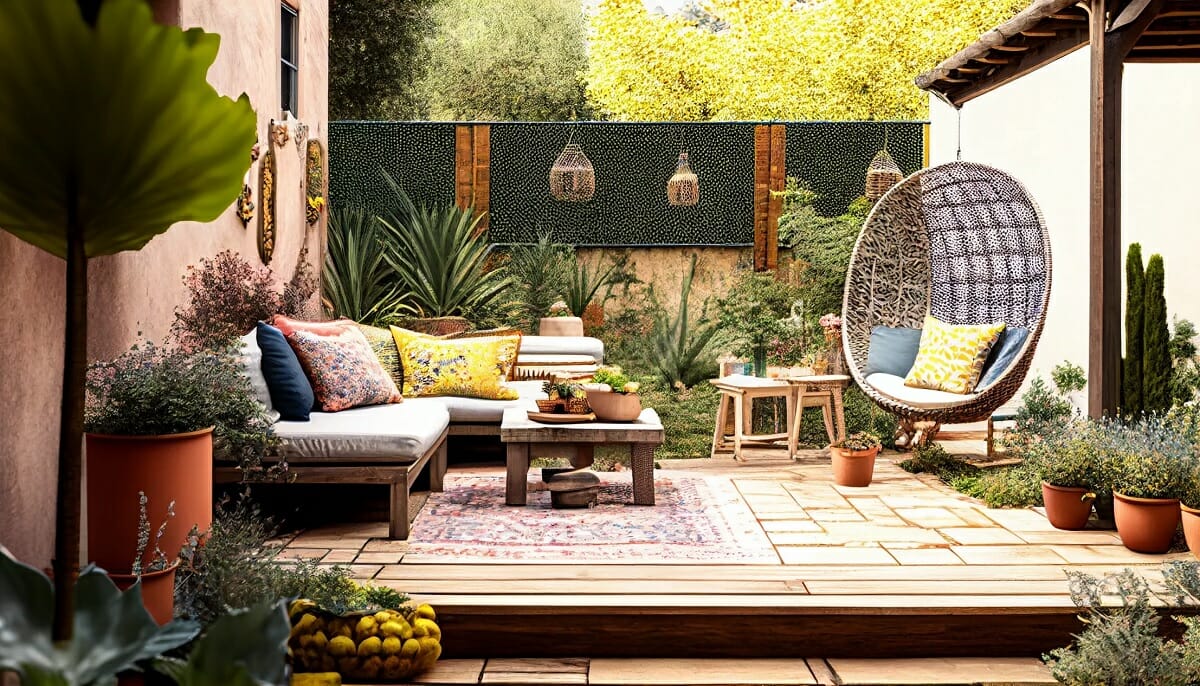

Articles
13 Deck And Patio Design Ideas For Outdoor Upgrades
Modified: October 28, 2024
Discover 13 stunning deck and patio design ideas in our outdoor upgrades articles. Transform your outdoor space with these inspiring tips and create the perfect outdoor retreat.
(Many of the links in this article redirect to a specific reviewed product. Your purchase of these products through affiliate links helps to generate commission for Storables.com, at no extra cost. Learn more)
Outdoor Living Space
Creating an outdoor living space is a fantastic way to enhance your home and maximize your enjoyment of the outdoors. Whether you have a large backyard or a small patio, there are numerous design ideas that can transform your outdoor space into a comfortable and inviting area for relaxation and entertainment.
One popular option for an outdoor living space is a deck. A deck provides a solid, level surface that can be used for a variety of purposes, such as dining, lounging, or even setting up an outdoor kitchen. If you have a sloped yard, consider building a raised deck to take advantage of the scenery and create a seamless transition from your indoor living area to the outdoors.
Another option for creating an outdoor living space is a patio. Patios are typically constructed with stone, concrete, or pavers and offer a more stable foundation for furniture and fixtures. A patio can be designed to accommodate seating areas, dining spaces, and even outdoor fireplaces or fire pits.
When designing your outdoor living space, consider the overall layout and flow. Determine how you want to divide the space into different functional areas. For example, you could have a separate area for dining, a cozy seating area with a fire pit, and a designated space for a grill or outdoor kitchen.
Choose furniture and decor that is both stylish and weather-resistant. Outdoor furniture made from materials such as teak, wrought iron, or synthetic wicker can withstand various weather conditions. Add colorful cushions, throw pillows, and outdoor rugs to create a cozy and inviting atmosphere.
Another important aspect to consider is shade and protection from the elements. Umbrellas, pergolas, or awnings can provide relief from the sun’s rays and allow you to enjoy your outdoor living space even on hot summer days. If you live in an area with frequent rain or strong winds, consider installing a retractable canopy or a covered gazebo.
Lighting is another essential element in creating a welcoming outdoor living space. Strategically place outdoor lighting fixtures to highlight key areas, such as seating areas, walkways, or architectural features. Use a combination of overhead lighting, path lights, and accent lights to create a warm and inviting ambiance.
Lastly, don’t forget about incorporating greenery and landscaping into your outdoor living space. Container gardens, hanging plants, and flower beds can add a touch of nature and beauty to your outdoor oasis. Consider installing a small water feature, such as a fountain or a pond, to create a peaceful and relaxing environment.
With careful planning and attention to detail, you can transform your outdoor living space into a private retreat that you and your family can enjoy for years to come. Whether you prefer a deck or a patio, incorporating comfortable furniture, versatile lighting, and lush greenery will create a space that is both functional and beautiful.
Key Takeaways:
- Create a Versatile Outdoor Living Space
Transform your outdoor area into a multifunctional oasis with options like built-in seating, privacy screens, and water features. Add lighting, furniture, and decorative elements for a personalized touch. - Enhance Comfort and Style
Elevate your deck or patio with weather-resistant furniture, umbrellas, and outdoor rugs. Incorporate decorative elements, lighting, and entertainment options to create a cozy and inviting outdoor retreat.
Floating Deck
A floating deck is a great option for those who want to add a deck to their outdoor space without the need for an elaborate foundation. Unlike traditional decks that are attached to the house, a floating deck is built above the ground and is not physically connected to the structure. This makes it a versatile and flexible option that can be placed anywhere in your yard.
One of the main advantages of a floating deck is its ease of construction. Since it doesn’t require digging deep into the ground or pouring concrete footings, it can be a relatively quick and straightforward DIY project. It also means that a floating deck can be easily dismantled and relocated if needed.
To build a floating deck, start by clearing the area and ensuring it is level. Next, lay down a weed barrier to prevent the growth of vegetation under the deck. Then, lay down concrete deck blocks or piers in a grid pattern to support the deck structure. Make sure they are level and adjust as needed.
Once the foundation is in place, you can start building the deck frame using pressure-treated lumber or composite decking materials. Secure the frame to the deck blocks or piers using appropriate hardware. It’s important to follow local building codes and regulations to ensure the deck is structurally sound and safe.
After the frame is complete, you can add the decking boards, either by screwing them directly to the frame or using hidden fasteners for a cleaner look. Make sure to leave a small gap between each board to allow for expansion and drainage.
When it comes to the design of your floating deck, the possibilities are endless. You can choose a rectangular shape for a classic look, or opt for a curved or angled design for added visual interest. Consider adding built-in benches, planters, or a pergola to enhance the functionality and aesthetics of the deck.
One of the key advantages of a floating deck is its versatility. Since it is not attached to the house, you can place it anywhere in your yard, whether it’s near a pool, in a corner of the garden, or as a standalone structure in the middle of an open lawn. This gives you the freedom to create a dedicated outdoor seating area, a cozy lounge space, or even an outdoor kitchen.
Keep in mind that while a floating deck is relatively easy to build, proper maintenance is essential to ensure its longevity. Regularly inspect the deck for any signs of damage or decay and address them promptly. Apply a protective sealant or stain to protect the wood from the elements and extend its lifespan.
Whether you are looking to expand your outdoor entertainment area or create a peaceful retreat, a floating deck is an excellent option. Its simplicity, versatility, and ease of construction make it a popular choice among homeowners who want to add a functional and stylish deck to their outdoor space.
Multi-Level Deck
A multi-level deck is a visually stunning and functional addition to any outdoor space. As the name suggests, it consists of multiple platforms or levels connected by stairs or ramps, offering different areas for relaxation, dining, and entertainment. This type of deck adds depth and dimension to your outdoor area while maximizing the use of space.
One of the main advantages of a multi-level deck is that it allows you to create distinct zones for various activities. For example, you can have a lower level for dining and entertaining, a middle level for lounging and relaxation, and an upper level for panoramic views or a secluded retreat. Each level can be designed to suit a specific purpose and seamlessly flow together.
When designing a multi-level deck, consider the layout of your outdoor space and how you plan to use each level. Take into account the natural features of your yard, such as slopes or existing landscaping, and incorporate them into the design. Optimize your deck’s functionality by placing different activities on separate levels, ensuring privacy and optimizing views.
The transition between each level is an important element of a multi-level deck. Use stairs or ramps to connect the different platforms in a visually pleasing and practical manner. Incorporate attractive railings and lighting to ensure safety and enhance the overall aesthetics of the deck.
For the materials, choose decking materials that can withstand outdoor elements and provide durability. Popular options include pressure-treated lumber, composite decking, or exotic hardwoods. Consider using different materials for each level to add visual interest and create a cohesive yet varied look.
Incorporating built-in features can further enhance the functionality and appeal of a multi-level deck. Consider adding features such as built-in seating, planters, or even a built-in outdoor kitchen or bar area. These additions not only provide convenience but also contribute to the overall aesthetics and usability of the deck.
When it comes to the design aesthetics of a multi-level deck, you have endless options. Choose a style that complements your home’s architecture and blends well with the surrounding landscape. Consider adding decorative elements such as pergolas, trellises, or outdoor curtains to define each level and add a touch of elegance and privacy.
Proper lighting is essential for both practicality and ambiance. Incorporate a combination of overhead and path lighting to ensure safety and create a warm and inviting atmosphere during the evening hours. LED lights can be a great choice for their energy efficiency and long lifespan.
Finally, landscaping and greenery play a vital role in enhancing the beauty of a multi-level deck. Surround the different levels with potted plants, flower beds, or even a small garden to create a lush and vibrant atmosphere. Incorporate climbing plants or vertical garden structures to add privacy and create a natural and inviting backdrop.
A multi-level deck offers endless possibilities for creating an outdoor space that is both functional and visually appealing. Whether you have a large backyard or a compact patio, this design concept allows you to maximize your outdoor living area and create a unique and inviting space for relaxation, entertainment, and enjoying the beauty of nature.
Covered Patio
A covered patio is a fantastic addition to any outdoor space, providing shade, protection from the elements, and a cozy atmosphere for year-round enjoyment. Whether you want to create an outdoor living area, an extension of your indoor space, or a spot for outdoor dining, a covered patio offers versatility and functionality.
One of the main advantages of a covered patio is the protection it provides from the sun, rain, and other weather elements. With a roof over your patio, you can enjoy outdoor activities and entertain guests without worrying about getting wet or being exposed to harsh sunlight. It also allows you to use the space during different seasons, extending its usability and enhancing your outdoor lifestyle.
When designing a covered patio, there are several options to consider for the roof structure. One popular choice is a solid roof, such as a pergola or a permanent roof made from materials like metal or shingles. A solid roof provides maximum protection from the elements and a sturdy structure for hanging lights, fans, or outdoor speakers.
Another option is a retractable or adjustable roof that allows you to control the amount of shade and sunlight. This type of roof, such as an awning or a louvered system, gives you the flexibility to adapt to changing weather conditions and adjust the level of sunlight and ventilation as desired.
Incorporating walls or screens into your covered patio can further enhance its functionality and privacy. Walls can provide additional protection from wind and rain, while screens can help keep bugs and insects at bay. Consider using materials like curtains or retractable screens that can be easily adjusted to control airflow and create a comfortable environment.
When it comes to furnishing your covered patio, choose comfortable and weather-resistant furniture that can withstand outdoor conditions. Opt for materials such as wicker, metal, or teak, which are durable and easy to maintain. Add plush cushions and outdoor rugs to create a cozy and inviting atmosphere.
Lighting is an essential element in creating a welcoming and ambient covered patio. Incorporate a combination of overhead lighting, such as pendant lights or a chandelier, along with task lighting for specific areas like seating or dining. Additionally, consider adding string lights or solar-powered lanterns for a warm and magical ambiance during the evening hours.
To enhance the aesthetics of your covered patio, add greenery and plants. Place potted plants, hanging baskets, or vertical gardens to create a natural and refreshing atmosphere. Consider incorporating container gardens or a living wall to maximize the use of vertical space and add a touch of beauty.
Lastly, accessorize your covered patio with personal touches and decorative elements. Hang artwork or mirrors on the walls, place outdoor curtains for privacy, and add outdoor rugs, throw pillows, and blankets for comfort. Incorporate your own style and personality to create a space that feels like an extension of your indoor living area.
A covered patio provides a versatile and inviting outdoor space that can be enjoyed in any weather. It offers the perfect balance of shade, protection, and functionality, allowing you to create a comfortable oasis for relaxing, entertaining, and enjoying the beauty of the outdoors.
Outdoor Kitchen
An outdoor kitchen is a dream come true for anyone who loves cooking, entertaining, and spending time outdoors. It allows you to take your culinary skills and dining experiences to a whole new level, all while enjoying the beauty of nature and the company of family and friends.
An outdoor kitchen can be as simple or as elaborate as you desire, depending on your budget, available space, and personal preferences. The key elements of an outdoor kitchen typically include a cooking area, a food preparation area, storage space, and seating or dining area.
When planning your outdoor kitchen, start by considering the cooking appliances you want to include. Popular options range from a built-in gas or charcoal grill to a wood-fired pizza oven or a smoker. Choose appliances that suit your cooking style and preferences, and make sure they are designed for outdoor use and can withstand varying weather conditions.
The food preparation area is an important component of the outdoor kitchen. It should include ample counter space for prepping ingredients, as well as a sink for easy clean-up. Consider adding storage cabinets or drawers to keep your cooking utensils, tools, and servingware within reach.
Seating and dining options should also be incorporated into the design of your outdoor kitchen. This can range from a built-in bar or counter with stools to a full-sized dining table and chairs. Choose durable outdoor furniture that is comfortable and coordinates with the overall design of your outdoor space.
Adding a pergola or a canopy above the outdoor kitchen can provide shade and protection from the elements. This will ensure that you can enjoy cooking and dining outside even on hot summer days or during light rain showers. It also creates a visually appealing structure that adds to the overall aesthetics of your outdoor kitchen.
Proper lighting is essential for the functionality and ambiance of your outdoor kitchen. Install task lighting over the cooking and food preparation areas to ensure visibility while cooking. Indirect lighting in the seating and dining area can create a cozy atmosphere for evening gatherings. Consider using energy-efficient LED lights or solar-powered options to minimize energy consumption.
When it comes to the design of your outdoor kitchen, consider the overall style and architecture of your home. Choose materials and finishes that complement your existing outdoor space and create a harmonious flow. Popular choices include stone or tile countertops, stainless steel appliances, and weather-resistant cabinetry.
Don’t forget to add personal touches to your outdoor kitchen to make it feel like your own. Decorate with potted plants, hanging baskets, or vertical gardens to bring nature into the space. Incorporate outdoor artwork or a chalkboard wall for a touch of personality. And don’t underestimate the value of music – install outdoor speakers or a sound system to enhance the atmosphere while cooking and dining.
An outdoor kitchen is more than just a place to cook and eat – it’s a gathering spot, a centerpiece for socializing, and a source of culinary inspiration. With careful planning, quality appliances, and stylish design, your outdoor kitchen will become the heart of your outdoor living space, providing endless opportunities for memorable meals and delightful entertaining.
Fire Pit
A fire pit is a perfect addition to any outdoor space, providing warmth, ambiance, and a gathering spot for friends and family. Whether you want to cozy up on cooler nights, roast marshmallows, or simply enjoy the mesmerizing flames, a fire pit allows you to create a relaxing and inviting atmosphere in your backyard.
When it comes to choosing a fire pit, you have several options to consider. One popular choice is an above-ground fire pit, which is typically a portable and versatile option. It can be moved around your outdoor space or even taken with you on camping trips. These fire pits come in various materials, such as cast iron, steel, or copper, and offer different sizes to accommodate your needs.
Alternatively, you may opt for a built-in fire pit that is permanently installed in your outdoor space. Built-in fire pits are integrated into the ground or a custom-designed structure, providing a more seamless and permanent feature. They can be constructed using various materials, such as natural stone, concrete, or brick, to create a custom look that matches your outdoor aesthetic.
When positioning your fire pit, consider the safety and convenience factors. It should be placed on a level surface away from low-hanging branches, structures, or flammable materials. Leave enough space around the fire pit for seating and circulation, ensuring that it is easily accessible and creates a cozy gathering area.
In terms of fuel options, you can choose between wood-burning fire pits and gas fire pits. Wood-burning fire pits offer the classic experience of gathering around a crackling fire and the natural scent of burning wood. Gas fire pits, on the other hand, provide instant heat and adjustable flames with the convenience of a gas hookup. The choice between the two will depend on your preference, local regulations, and the availability of resources.
To enhance the functionality of your fire pit, consider adding seating options around it. Whether it’s built-in benches, outdoor lounge chairs, or a combination of seating types, create a comfortable and inviting space for your guests to relax and enjoy the warmth of the fire. You can also incorporate side tables or a coffee table for resting drinks and snacks.
When it comes to the design of your fire pit area, you can personalize it to match your outdoor style. Surround the fire pit with decorative landscaping elements, such as gravel, pavers, or stone, to create a defined and visually pleasing area. Incorporate planters, colorful cushions, or outdoor rugs to add touches of comfort and style.
Remember to prioritize safety when using a fire pit. Keep a fire extinguisher or a bucket of water nearby for emergencies. Follow local regulations regarding fire pits and adhere to fire safety guidelines, such as not leaving the fire unattended and ensuring that the fire is fully extinguished before leaving the area.
A fire pit brings warmth, beauty, and a sense of community to your outdoor space. Whether it’s a small gathering or a night of relaxation under the stars, the flickering flames of a fire pit create a magical ambiance that enhances your outdoor living experience and creates lasting memories.
Pergola
A pergola is a versatile and elegant structure that can enhance the beauty and functionality of your outdoor space. With its open design and unique architectural features, a pergola creates an inviting and shaded area for relaxation, entertaining, and enjoying the outdoors.
One of the primary benefits of a pergola is the shade it provides. The overhead lattice or slatted roof allows filtered sunlight to pass through while providing relief from direct sun exposure. This makes a pergola an ideal addition to a patio, deck, or garden, allowing you to enjoy your outdoor space even during hot summer days.
Pergolas come in various styles and materials, allowing you to choose one that complements your home’s aesthetic and your personal preferences. Common materials for pergola construction include wood, aluminum, and vinyl. Wood, such as cedar or redwood, adds a natural and timeless beauty to your outdoor area, while aluminum and vinyl offer durability and low maintenance.
Enhancing the beauty of your pergola is easily achieved by adding climbing plants or vines. Intertwining greenery such as wisteria, grapevines, or roses can create a stunning and natural canopy overhead. Not only does this add shade, but it also infuses your outdoor space with a touch of romance and tranquility.
In addition to providing shade, a pergola can also be used as a space for outdoor dining or entertaining. By adding a table, chairs, and decorative lighting, you can create an intimate and stylish alfresco dining area. Alternatively, you may choose to set up an outdoor seating arrangement, complete with comfy cushions and a coffee table, for a cozy and relaxed atmosphere.
Privacy can also be incorporated into your pergola design. You can add curtains or bamboo blinds to create a secluded space or install lattice panels or screens to block unwanted views. By incorporating privacy elements, you can enjoy your outdoor space without feeling exposed to your neighbors or passersby.
With the addition of lighting, your pergola can transform into a magical space for evening gatherings and celebrations. Consider stringing fairy lights across the roof, installing lanterns along the beams, or adding LED spotlights for a warm and inviting atmosphere. Lighting fixtures can also be integrated into the posts or beams for a seamless and stylish look.
When designing your pergola, consider the overall dimensions and placement. Take into account the size of your outdoor space and the intended use of the pergola. A pergola can be freestanding or attached to another structure, such as your home or a deck. Whichever style you choose, ensure the structure is sturdy and properly anchored to the ground to withstand weather elements.
Maintaining your pergola is relatively simple. Regular cleaning, such as sweeping away debris or dusting the structure, will help keep it looking its best. Depending on the material, you may need to apply a protective coating or sealant to prevent deterioration and maintain its appearance over time.
A pergola is a beautiful and functional addition to your outdoor space, providing shade, style, and a space for relaxation and entertainment. Its timeless charm and versatility allow you to create an inviting and comfortable area that adds value and enjoyment to your home for years to come.
Consider incorporating built-in seating into your deck or patio design to maximize space and create a seamless, polished look. This can include benches, corner seating, or even built-in planters with integrated seating.
Water Feature
A water feature can be a stunning centerpiece in your outdoor space, bringing the soothing sounds and visual beauty of water into your surroundings. It adds a sense of tranquility, enhances the ambiance, and creates a focal point that can transform your backyard into a serene oasis.
When it comes to water features, there are numerous options to choose from, depending on your taste, available space, and budget. Some popular choices include fountains, ponds, waterfalls, and streams. Each option offers a unique experience and can be tailored to suit your preferences and the overall style of your outdoor area.
A fountain is a classic and versatile water feature. It can be a freestanding structure or integrated into a wall, garden bed, or even a pool. Fountains come in various styles, from traditional to modern, and can range in size and complexity. The sound of flowing water from a fountain adds a calming and pleasant ambiance to any outdoor space.
Ponds are another popular water feature, creating a serene and naturalistic environment in your backyard. They can be small and compact or expansive and multifaceted, incorporating aquatic plants, fish, and even a waterfall or stream. Ponds provide a peaceful atmosphere and attract wildlife, adding an ecological dimension to your outdoor space.
Waterfalls and streams are ideal if you want to incorporate the soothing sound of flowing water into your outdoor environment. They can be designed to cascade over rocks or flow down a slope, creating a dramatic and picturesque visual effect. The sound of water gently cascading or trickling creates an atmosphere of relaxation and invite you to unwind in your outdoor sanctuary.
When planning your water feature, it’s important to consider the size, location, and surrounding elements of your outdoor space. You should ensure that the water feature harmonizes with the overall landscape and doesn’t overpower the area. Additionally, consider factors like maintenance, electrical requirements, and safety precautions to ensure the long-term enjoyment of your water feature.
Placement of the water feature is crucial to its impact and functionality. Consider positioning it in a spot where it can be easily seen and appreciated, such as near a patio, seating area, or prominent viewpoint. Incorporating lighting elements can further enhance the beauty of the water feature, allowing you to enjoy it during the evening hours or create a dramatic effect at night.
Incorporating water-loving plants around your water feature can enhance its natural beauty and create a harmonious environment. Aquatic plants like water lilies, irises, or water hyacinths can thrive in ponds or containers, adding a vibrant and verdant quality to the overall design. Combined with rocks, pebbles, or other natural elements, these plants create a visually striking and cohesive appearance.
Proper maintenance is essential for keeping your water feature in optimal condition. Regular cleaning, such as removing debris and algae, is necessary to ensure that the water stays clear and healthy. Installing a filtration system or adding beneficial bacteria can help maintain the water quality and prevent the growth of unwanted microorganisms.
A water feature is a captivating addition to your outdoor space, creating a sense of harmony and tranquility. It provides a focal point that draws attention and encourages relaxation, reflecting the beauty of nature and adding a touch of elegance to your backyard.
Outdoor Lighting
Outdoor lighting is an essential element in creating a welcoming and functional outdoor space. It not only adds safety and security but also enhances the ambiance, extends the usability of your outdoor area, and highlights the beauty of your landscaping. From pathway lighting to accent lights, there are several options to consider when designing your outdoor lighting scheme.
One important aspect of outdoor lighting is safety. Illuminate pathways, steps, and walkways to prevent accidents and ensure that your outdoor space is easily navigable, especially in the evening hours. Use stake lights, low-voltage path lights, or recessed lighting to guide your guests and create a well-lit pathway.
Highlighting architectural features or focal points in your outdoor space can dramatically enhance its beauty and create a visually appealing environment. Use up lights or spotlights to accentuate trees, shrubs, or statues, creating a stunning nighttime display. Well-placed lighting can transform the ordinary into the extraordinary, allowing you to enjoy your outdoor space even when the sun goes down.
Creating layers of light is key to achieving a balanced and inviting ambiance in your outdoor area. Combine different types of lighting, such as ambient, task, and accent lighting, to create depth and interest. Ambient lighting, such as string lights or lanterns, provides overall illumination and sets the mood. Task lighting, such as pendant lights or wall sconces, is functional and focused, perfect for cooking areas or dining spaces. Accent lighting, such as spotlights or well lights, adds drama and emphasizes specific features.
Consider incorporating lighting fixtures that are energy-efficient and environmentally friendly. LED lights are an excellent choice for outdoor lighting due to their longevity and low energy consumption. Solar-powered lights are another great option as they harness the power of the sun during the day and automatically illuminate your outdoor space at night.
Control is an essential factor when it comes to outdoor lighting. Utilize timers, motion sensors, or smart lighting systems to automate your outdoor lighting and maximize convenience. Timers can be set to turn on and off at specific times, while motion sensors provide security by detecting movement and triggering the lights. Smart lighting systems allow you to control your outdoor lighting remotely, adjust brightness levels, and create personalized lighting scenes.
When placing outdoor lighting fixtures, consider the scale and proportion of your outdoor space. Use lighting fixtures that are appropriate in size and style for the area they are illuminating. Avoid overcrowding or overpowering the space with too many lights, but also ensure that there is enough lighting to create a well-lit and functional environment.
Remember to address both practical and aesthetic needs when designing your outdoor lighting scheme. Assess the various areas of your outdoor space, from the entrance and pathways to seating areas and focal points. Determine the type of lighting that best suits each area, whether it’s subtle and romantic or bright and functional.
Outdoor lighting is the key to unlocking the full potential of your outdoor space. It not only enhances safety and security but also creates a warm and inviting atmosphere for socializing, entertaining, and relaxing. With a thoughtfully designed lighting scheme, you can enjoy the beauty of your outdoor space day and night.
Built-in Seating
Built-in seating is an excellent addition to any outdoor space, offering both functional and aesthetic benefits. Whether you have a large patio, a cozy deck, or a compact balcony, incorporating built-in seating can maximize your seating capacity, create a cohesive look, and provide a comfortable and inviting area for relaxation and entertainment.
One of the biggest advantages of built-in seating is its space-saving nature. By utilizing existing structures, such as walls or retaining walls, you can create seating areas that seamlessly blend into the layout of your outdoor space. This is especially beneficial for smaller areas where bulky furniture may be impractical or create a crowded feel.
Built-in seating can be designed to fit any space, shape, or style. Whether you prefer a curved bench, a straight bench, or a combination of different seating options, it can be customized to suit your needs and preferences. Built-in seating can also be integrated with other features, such as planters, storage compartments, or even a built-in fire pit or table.
Another advantage of built-in seating is its durability and low maintenance. Since it is typically built using sturdy materials, such as stone, concrete, or wood, it can withstand various weather conditions and the test of time. Unlike traditional outdoor furniture, built-in seating doesn’t need to be moved or stored during harsh weather.
When designing your built-in seating, consider the overall layout and flow of your outdoor space. Determine the best location for the seating area based on factors such as views, sun exposure, and proximity to other structures or amenities. Aim to create a space that is both functional and visually pleasing.
Add cushions or outdoor pillows to the built-in seating area to enhance comfort and add a pop of color or pattern. Opt for weather-resistant fabrics that can withstand exposure to sunlight and moisture. Consider incorporating a storage compartment for cushions or other outdoor accessories to keep them protected and easily accessible.
Built-in seating also offers the opportunity to incorporate lighting into your outdoor space. Add lighting fixtures along the seating area, such as wall sconces or recessed lighting, to create a warm and inviting ambiance during the evening hours. Additionally, you can install built-in lighting within the seating structure for both practicality and aesthetics.
An important consideration when incorporating built-in seating is ensuring that there is enough space for movement and circulation around the seating area. Allow for sufficient legroom and ensure there are clear pathways for easy access. This will create a comfortable and functional seating area for you and your guests.
Lastly, consider the maintenance requirements of your built-in seating. Regularly clean the seating surface to remove dirt, debris, or stains. Depending on the material used, you may need to apply a protective sealant or finish to ensure longevity and protect against the elements.
Built-in seating offers a myriad of benefits, from maximizing space to creating a cohesive and visually appealing outdoor area. Whether you’re looking for a cozy nook for relaxation or a gathering spot for entertaining, incorporating built-in seating can transform your outdoor space into a stylish and inviting retreat.
Garden Oasis
A garden oasis is a delightful retreat within your outdoor space, where you can escape the hustle and bustle of everyday life and immerse yourself in the beauty of nature. It offers a serene and tranquil environment that soothes the senses, promotes relaxation, and provides a sanctuary for contemplation and rejuvenation.
Creating a garden oasis begins with thoughtful planning and design. Consider the size and layout of your outdoor space, as well as your personal preferences and the overall style you want to achieve. Whether you have a large backyard or a tiny balcony, there are ways to transform any space into a peaceful and harmonious garden getaway.
The key to a garden oasis is the selection and arrangement of plants. Choose a variety of flowering plants, trees, and shrubs that bring color, texture, and fragrance to your garden. Opt for native or low-maintenance plants that thrive in your climate and require minimal care. Group plants with similar care needs together to simplify maintenance tasks and create visual harmony.
Consider incorporating a water feature into your garden oasis to add a sense of tranquility and create a focal point. A small pond, a trickling fountain, or a babbling stream can add a soothing ambiance and attract birds and other wildlife. The sound of water flowing or cascading enhances the serenity of your garden oasis.
Incorporate seating options into your garden oasis to create inviting spaces for relaxation and contemplation. From a simple bench nestled among flowers to a cozy nook with a swing or hammock, choose seating that complements the style and scale of your garden. Integrate seating areas near your favorite plants or alongside the water feature for maximum enjoyment.
Pathways play an essential role in a garden oasis, guiding you through the space and encouraging exploration. Use stepping stones, gravel paths, or meandering walkways to create an enchanting journey through your garden. Integrate plants or create trellises with climbing vines to add visual interest and create shaded areas along the pathways.
Lighting is a crucial element in a garden oasis, allowing you to enjoy the space even after the sun sets. Install landscape lighting to highlight key focal points, illuminate pathways, and create a soft and romantic ambiance. Use warm-toned lighting fixtures to enhance the natural beauty of your garden and create a magical atmosphere in the evening hours.
To add a sense of privacy and enclosure to your garden oasis, consider using trellises, lattice panels, or strategically placed vegetation to create natural screens. This will provide a sense of seclusion and enhance the intimate and peaceful atmosphere of your garden.
Incorporate garden ornaments or sculptures that reflect your personal taste and style. Ornamental features such as birdbaths, wind chimes, or decorative planters can add visual interest and further enhance the tranquility of your garden oasis.
Regular maintenance and upkeep are essential to ensuring the longevity and beauty of your garden oasis. Regularly water and fertilize your plants, remove weeds, and prune as needed. Take the time to observe and connect with your garden, nurturing it with care and attention.
A garden oasis offers a respite from the outside world, providing a haven where you can connect with nature and find solace. Creating this serene and harmonious space allows you to escape the stresses of everyday life and embrace the calming beauty of the natural world right in your own backyard.
Privacy Screen
A privacy screen is a practical and stylish way to create a secluded and intimate outdoor space. Whether you want to enjoy your outdoor area without feeling exposed to neighbors or passersby, or simply want to enhance the privacy of specific zones in your yard, a privacy screen offers a versatile solution that can transform your outdoor living environment.
There are various options to consider when it comes to privacy screens, ranging from natural elements to man-made materials. One popular choice is a living privacy screen created by using plants and vegetation. This can be achieved by planting hedges, tall shrubs, or bamboo, which provide both privacy and a beautiful green backdrop.
Trellises or lattice panels are another attractive option for privacy screens. These structures can be mounted on fences, walls, or freestanding frames and allow climbing plants to grow and create a natural screen. Enhance the aesthetic appeal by choosing plants with colorful blooms or vibrant foliage that will transform the screen into a living work of art.
If you prefer a more contemporary look, consider using materials such as wood, metal, or composite boards to create a modern privacy screen. These materials can be used to construct panels or partitions that provide privacy while adding a touch of elegance to your outdoor space.
Bamboo screens are particularly popular due to their versatility and natural aesthetic. Bamboo is a fast-growing plant that can be easily harvested and used to create attractive and sustainable privacy screens. Bamboo screens can be purchased in various sizes and styles or constructed using individual bamboo poles for a more customized look.
For a budget-friendly option, consider using fabric or outdoor curtains as privacy screens. These can be easily hung from pergolas, arbors, or even between posts to create a soft and flowing barrier. Outdoor curtains come in a variety of colors and patterns, allowing you to create a personalized and stylish privacy solution.
When considering the placement of your privacy screen, think about the specific areas of your outdoor space that require privacy or that you want to visually separate. Common areas to consider include patios, outdoor dining spaces, hot tubs, or meditation zones. Strategic placement of privacy screens can create designated areas without compromising the overall flow and functionality of your outdoor space.
Integrate lighting into your privacy screen design to create an enchanting atmosphere during the evening hours. String lights or solar-powered lanterns can be hung from pergolas or attached to trellises for a soft and warm glow. Adding lighting not only enhances the aesthetics but also provides functional illumination for your outdoor space.
Lastly, remember to maintain and care for your privacy screen to ensure its longevity and continued effectiveness. Regularly trim and maintain plants to keep them at your desired height and shape. If using man-made materials, check for any signs of wear or damage and address them promptly to keep your privacy screen looking its best.
With a well-planned and beautifully designed privacy screen, you can create a private retreat in your own backyard. Whether you want to relax in peace, entertain guests, or simply enjoy the outdoors without feeling exposed, a privacy screen offers an elegant and practical solution that enhances your outdoor living experience.
Deck and Patio Accessories
Deck and patio accessories are the finishing touches that can elevate the style and functionality of your outdoor space. They provide opportunities for customization and personalization, allowing you to transform your deck or patio into a welcoming and inviting extension of your home. From decorative elements to practical additions, there are numerous accessories to consider that can enhance the enjoyment of your outdoor area.
One essential deck and patio accessory is outdoor furniture. Comfortable seating options, such as lounge chairs, sofas, or dining sets, allow you to relax and entertain with ease. Choose furniture made from weather-resistant materials like aluminum, wicker, or teak, ensuring durability and longevity. Add cushions, throw pillows, and outdoor rugs to create a cozy and inviting atmosphere.
Add shade and protection from the sun with umbrellas or retractable awnings. These accessories not only provide relief on hot days but also allow you to enjoy your outdoor space during different weather conditions. Opt for umbrellas or awnings in colors and patterns that coordinate with your overall outdoor aesthetic.
Outdoor lighting is essential for both practicality and ambiance. String lights, lanterns, or solar-powered pathway lights can create a warm and inviting atmosphere during the evening hours. Install deck or patio wall lights, post lights, or step lights to ensure safety and enhance the visual appeal of your outdoor space after dark.
Incorporate decorative elements such as planters, pottery, or sculptures to add visual interest and personality to your deck or patio. Choose plants and flowers that thrive in outdoor environments, such as colorful annuals or low-maintenance succulents. Utilize hanging baskets or vertical gardens to maximize space and create a lush and vibrant atmosphere.
Outdoor rugs can define specific areas on your deck or patio, creating cozy seating or dining zones. They add color, texture, and comfort underfoot. Look for rugs that are specially designed for outdoor use, as they are made from weather-resistant materials that can withstand exposure to sunlight and moisture.
Outdoor kitchens and grills are popular deck and patio accessories for those who love cooking and entertaining. Whether it’s a built-in grill or a standalone barbecue, having a designated cooking area allows you to prepare meals and enjoy the company of guests while enjoying the outdoors. Consider adding a prep station, storage cabinets, and a sink for added convenience.
Enjoy your deck or patio long into the cooler months with outdoor heating options. Patio heaters, fire pits, or chimineas provide warmth and create a cozy ambiance, allowing you to extend the usability of your outdoor space. Choose a heating option that suits your needs and complements the style of your deck or patio.
Storage solutions are essential for keeping your deck or patio tidy and organized. Incorporate storage benches or deck boxes to stow away cushions, outdoor toys, gardening tools, and other accessories. These solutions not only declutter your outdoor space but also provide additional seating options.
Lastly, don’t forget about entertainment options for your deck or patio. Install outdoor speakers or a sound system to enjoy music while dining or lounging. Create a dedicated space for a TV or projector to watch movies or sports outdoors. Make your outdoor area a haven for relaxation and entertainment.
Deck and patio accessories allow you to customize your outdoor space to reflect your personal style and preferences. By incorporating the right furniture, lighting, decorative elements, and functional additions, you can create a deck or patio that enhances your lifestyle and provides a beautiful and inviting space for outdoor living and entertaining.
Ready to spruce up your deck for some vibrant outdoor activities? Dive into our latest piece on how simple decor tweaks and colorful add-ons can transform your deck into a lively hub for outdoor living. From easy-to-implement ideas to practical tips, you'll find plenty of inspiration to make your space more welcoming and functional. Perfect for anyone looking to enhance their outdoor experience, this guide promises fresh perspectives on making the most of your outdoor area.
Frequently Asked Questions about 13 Deck And Patio Design Ideas For Outdoor Upgrades
Was this page helpful?
At Storables.com, we guarantee accurate and reliable information. Our content, validated by Expert Board Contributors, is crafted following stringent Editorial Policies. We're committed to providing you with well-researched, expert-backed insights for all your informational needs.
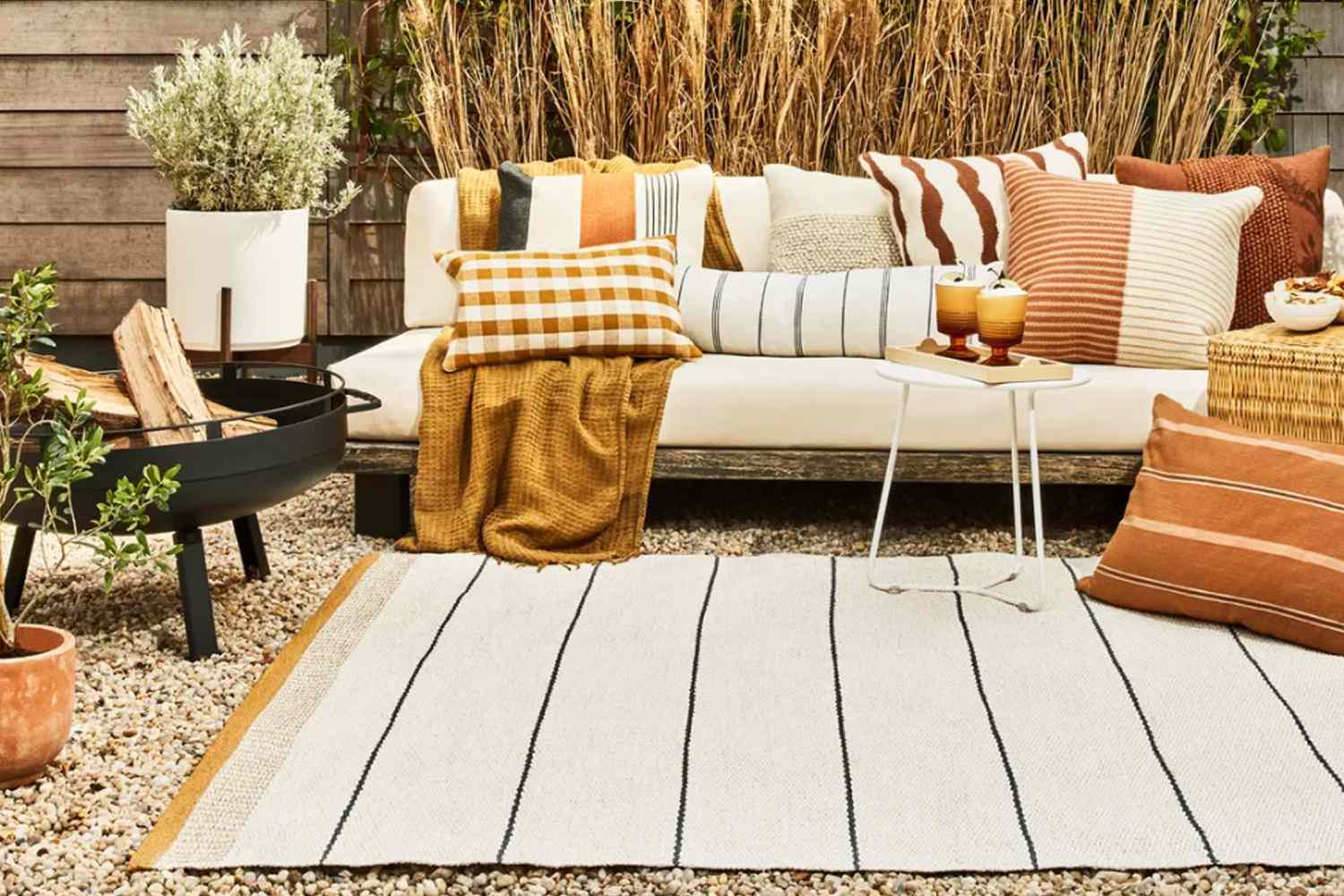
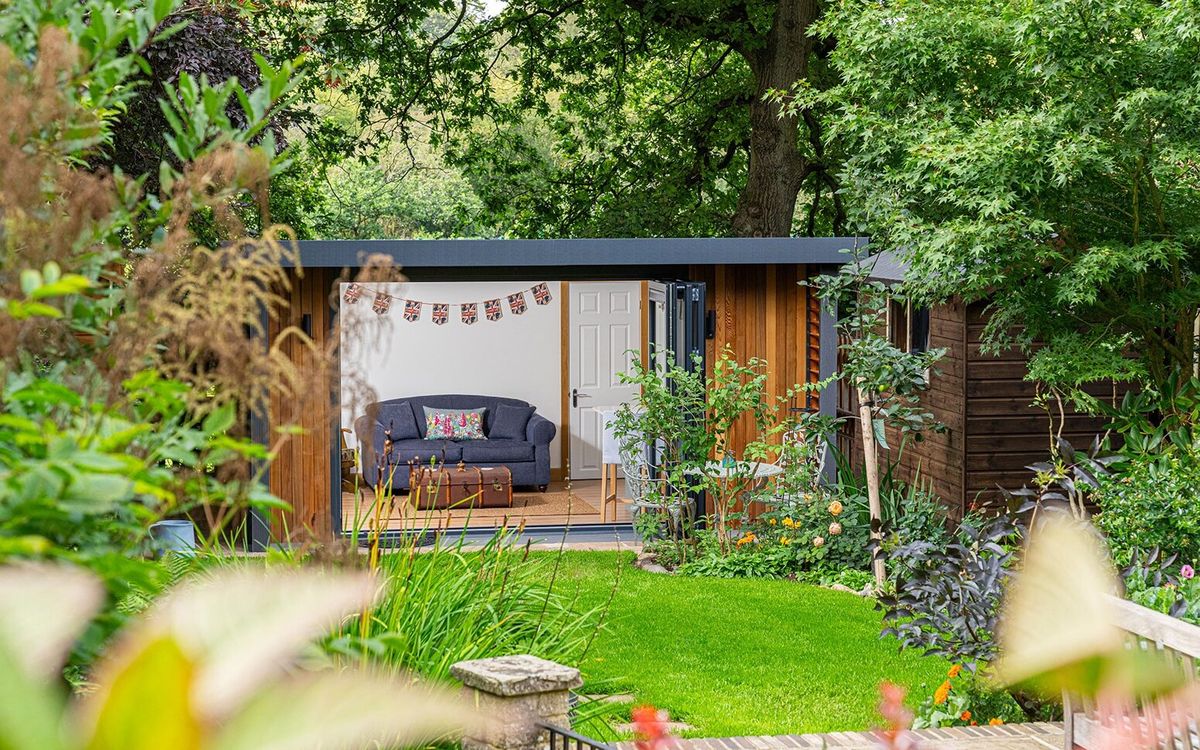
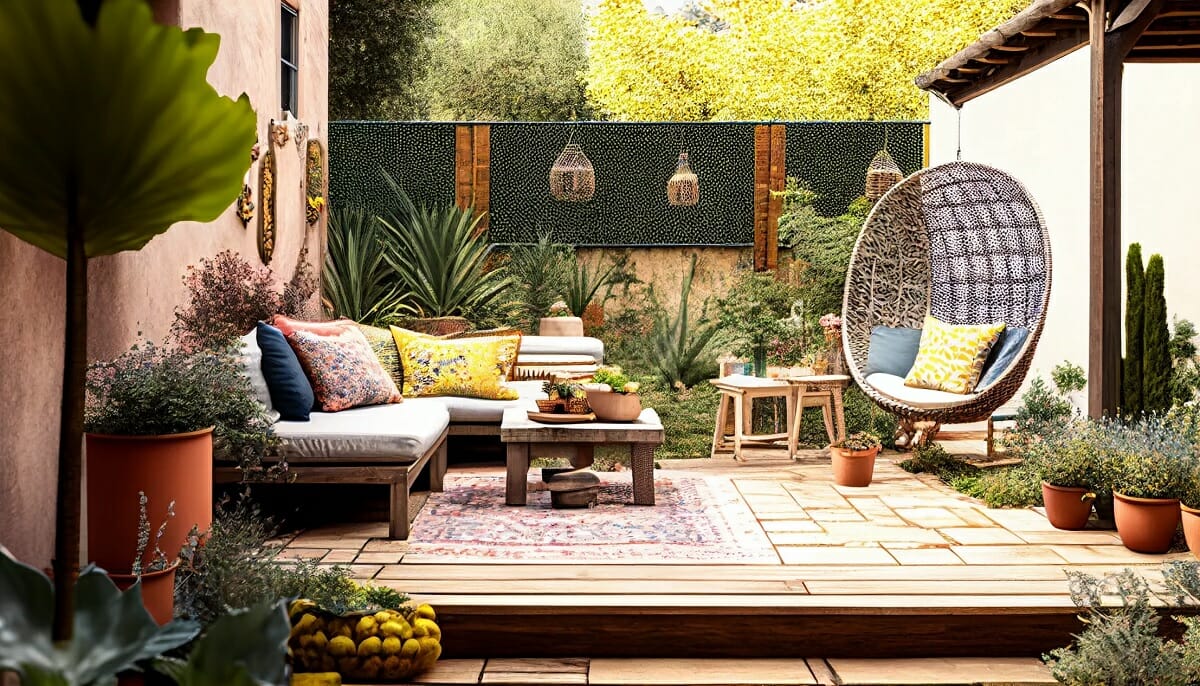
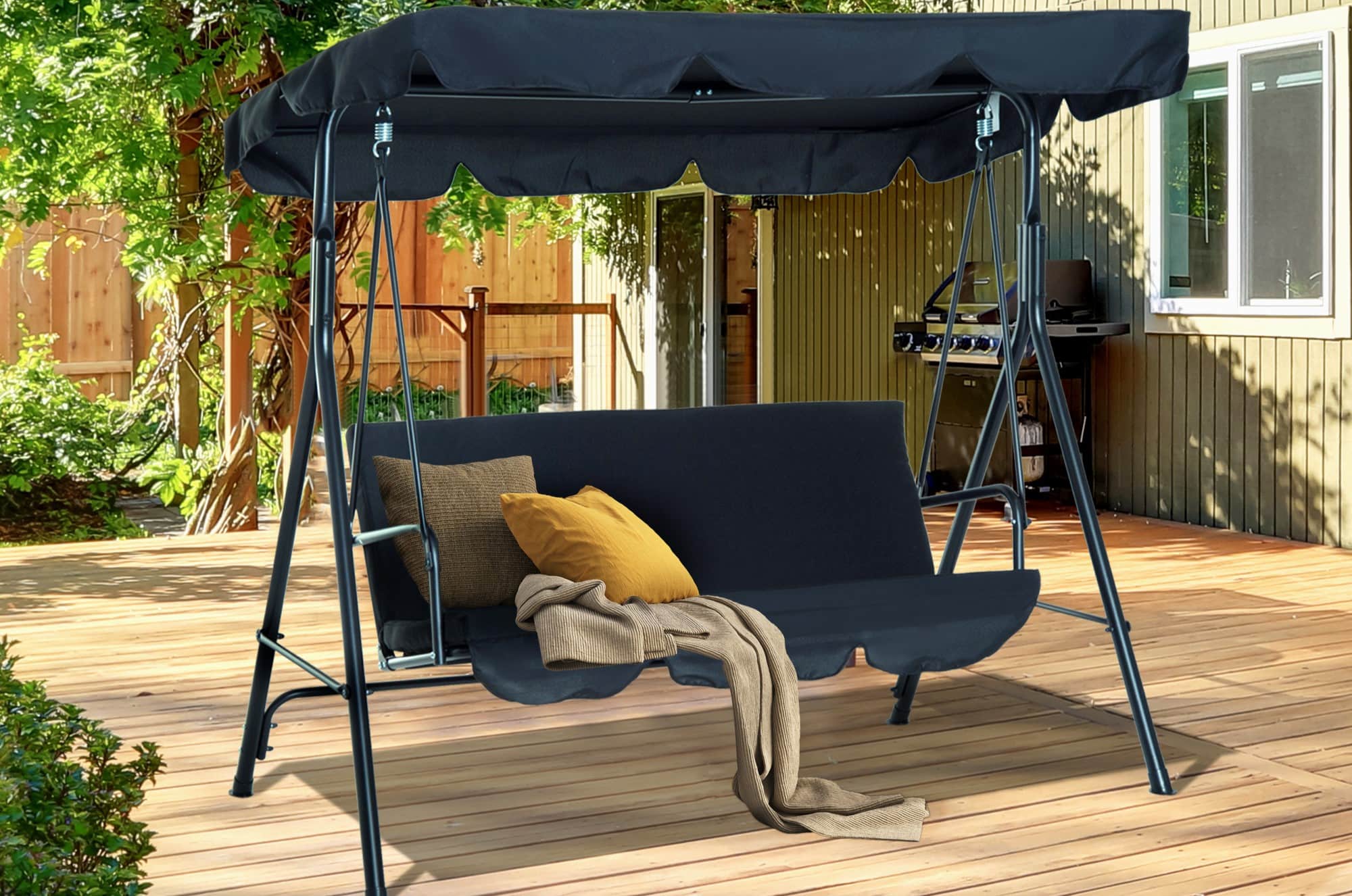
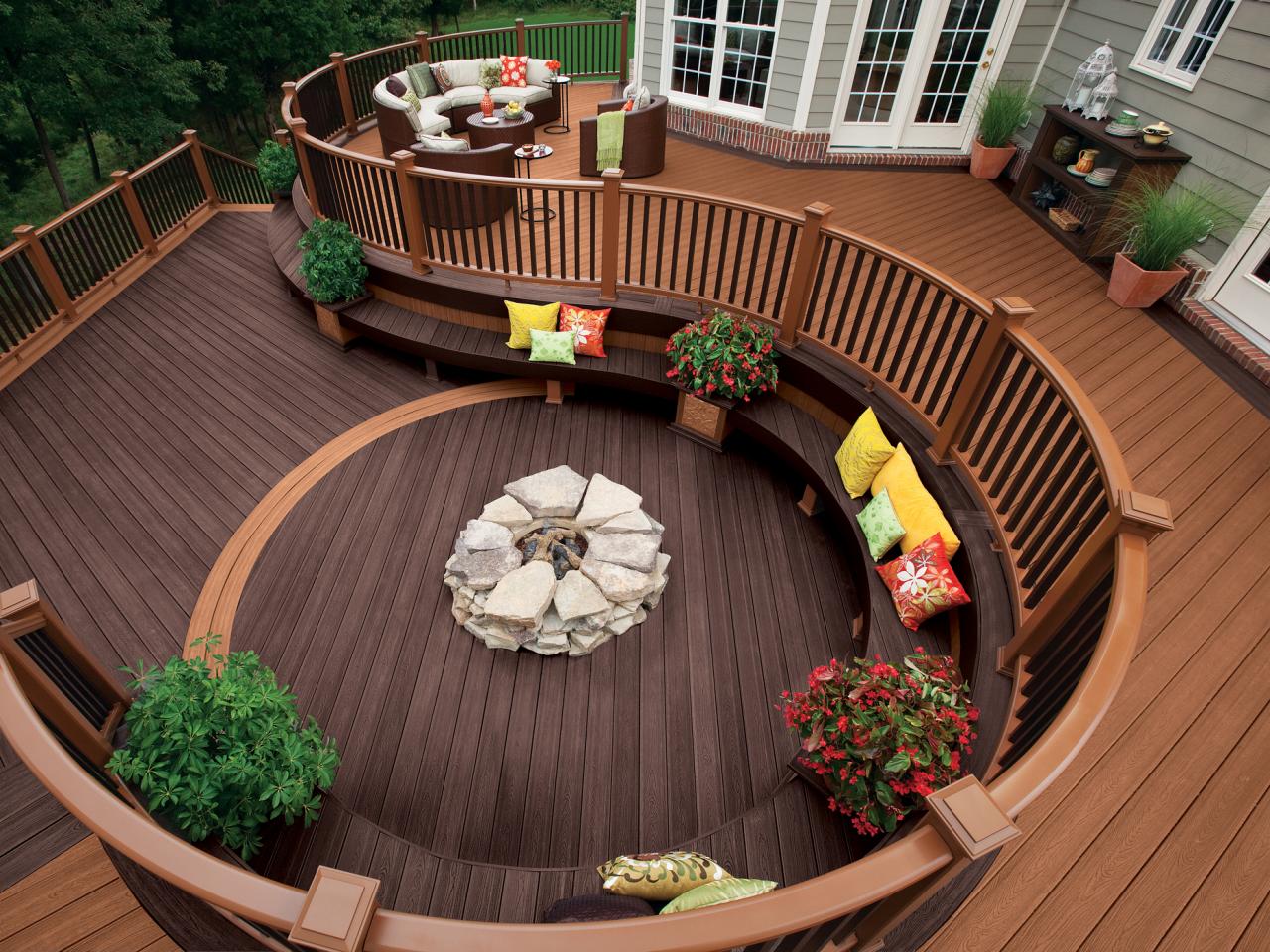
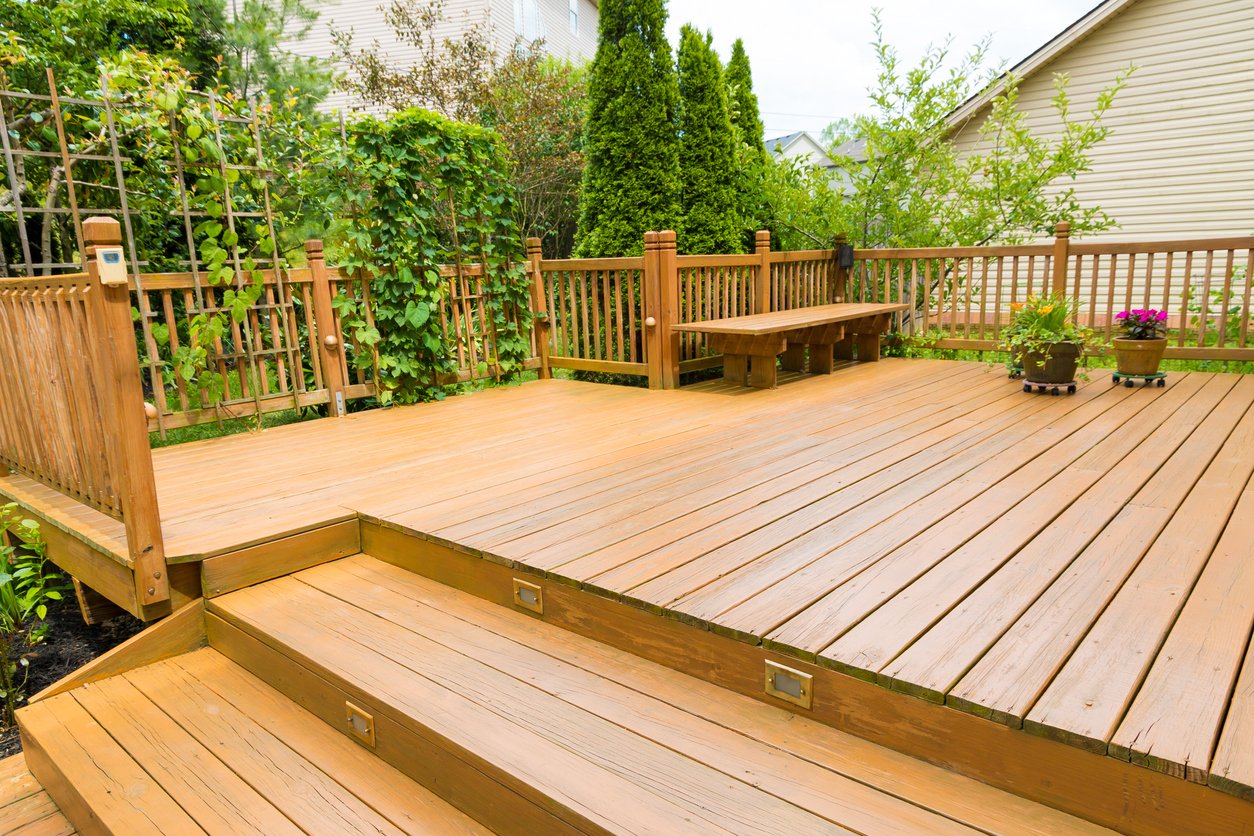
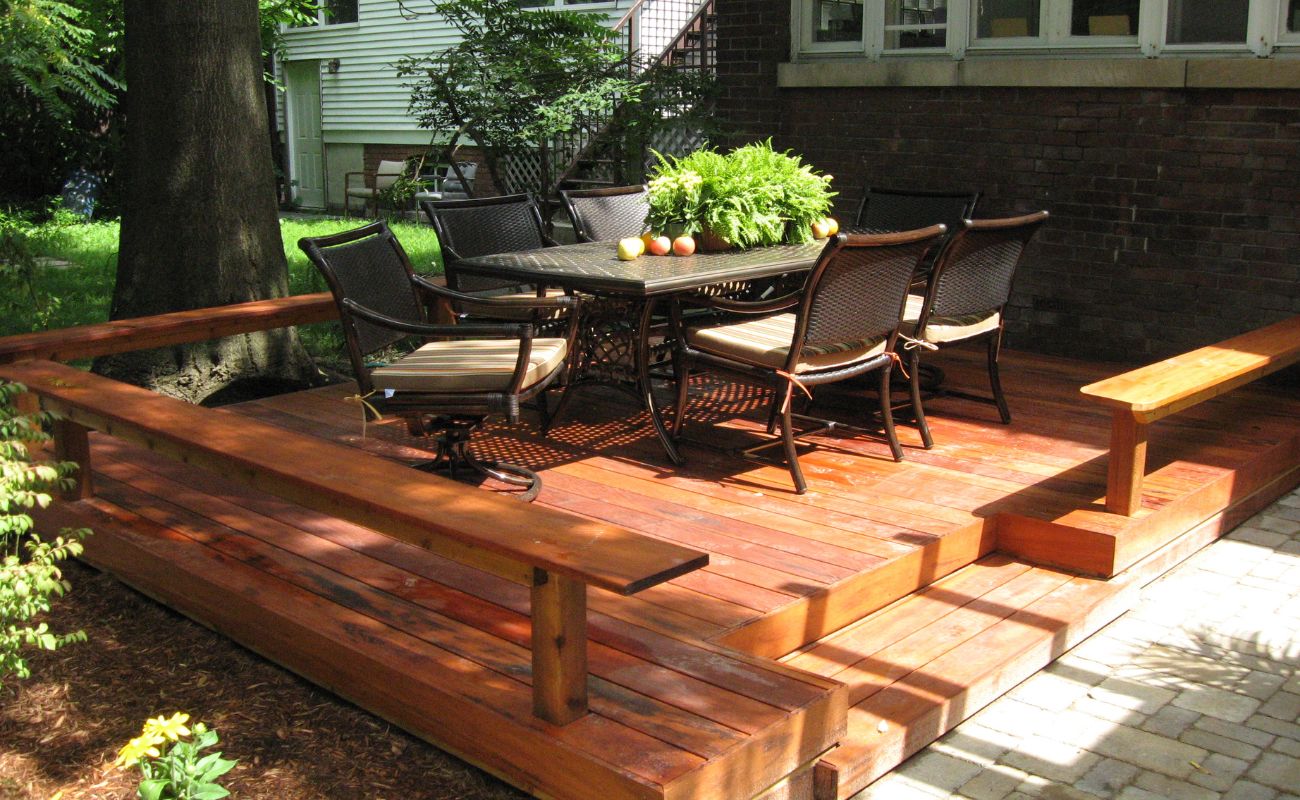
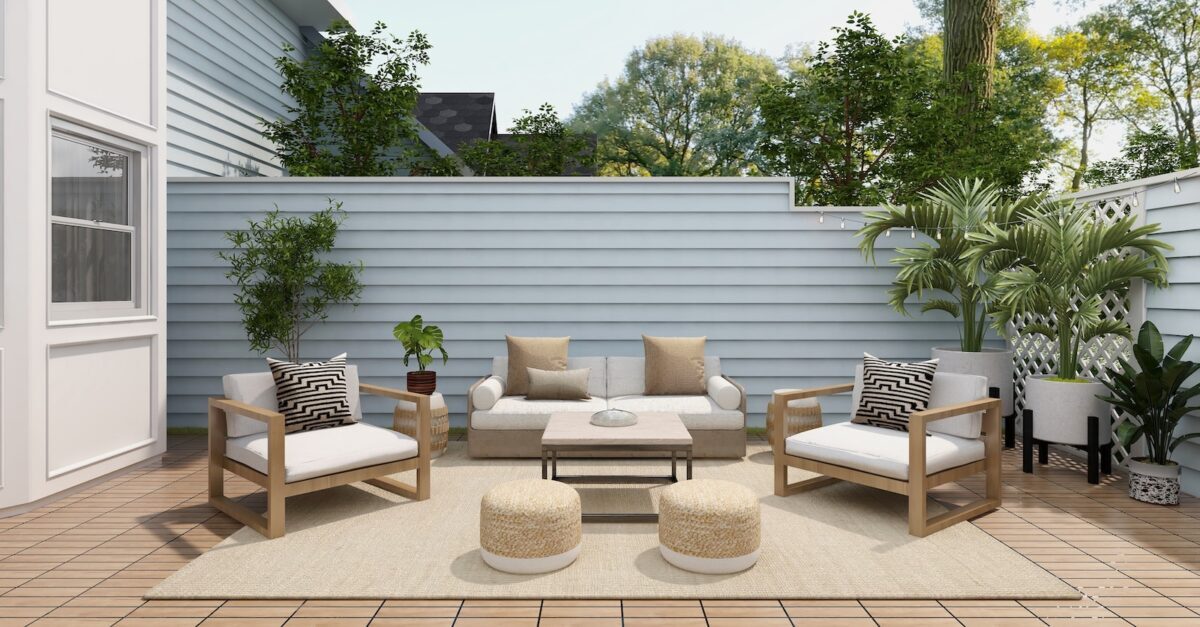
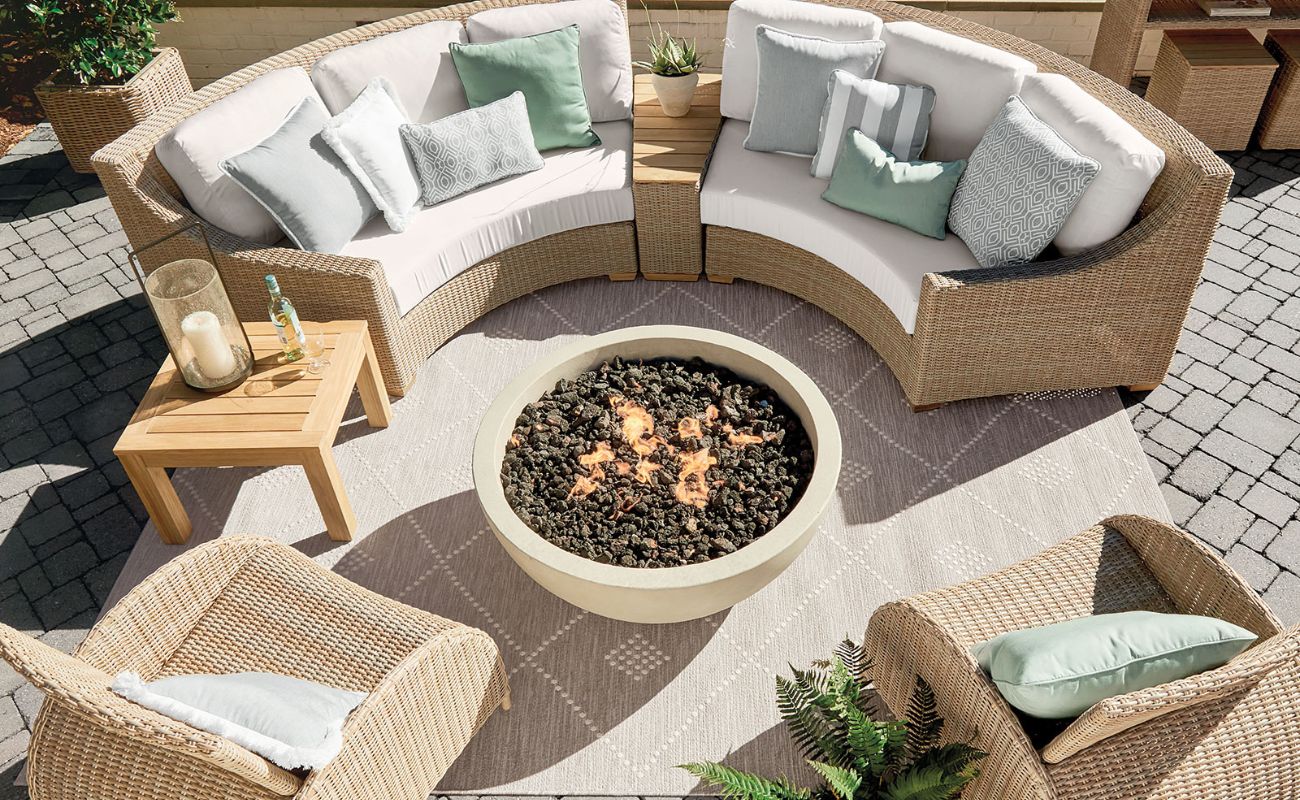
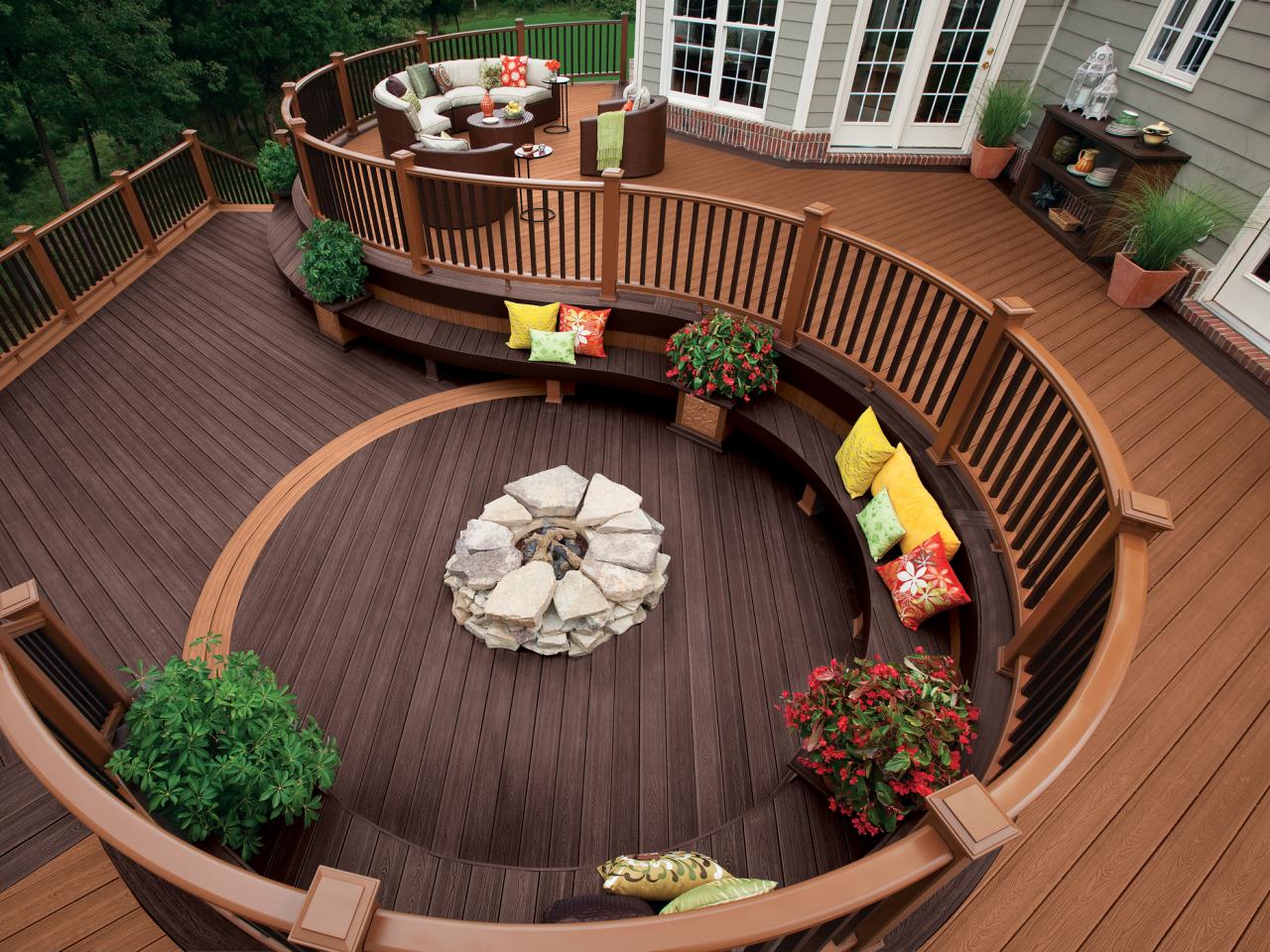
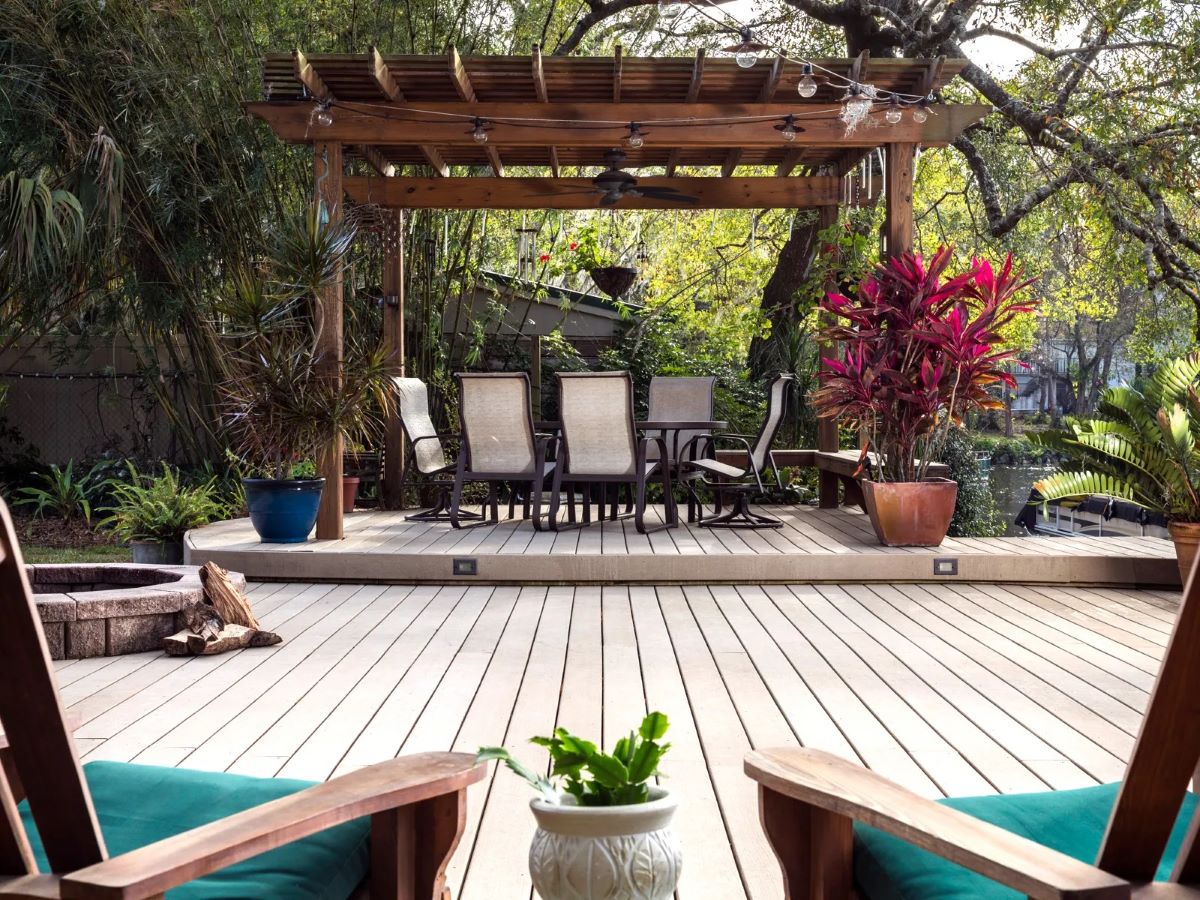
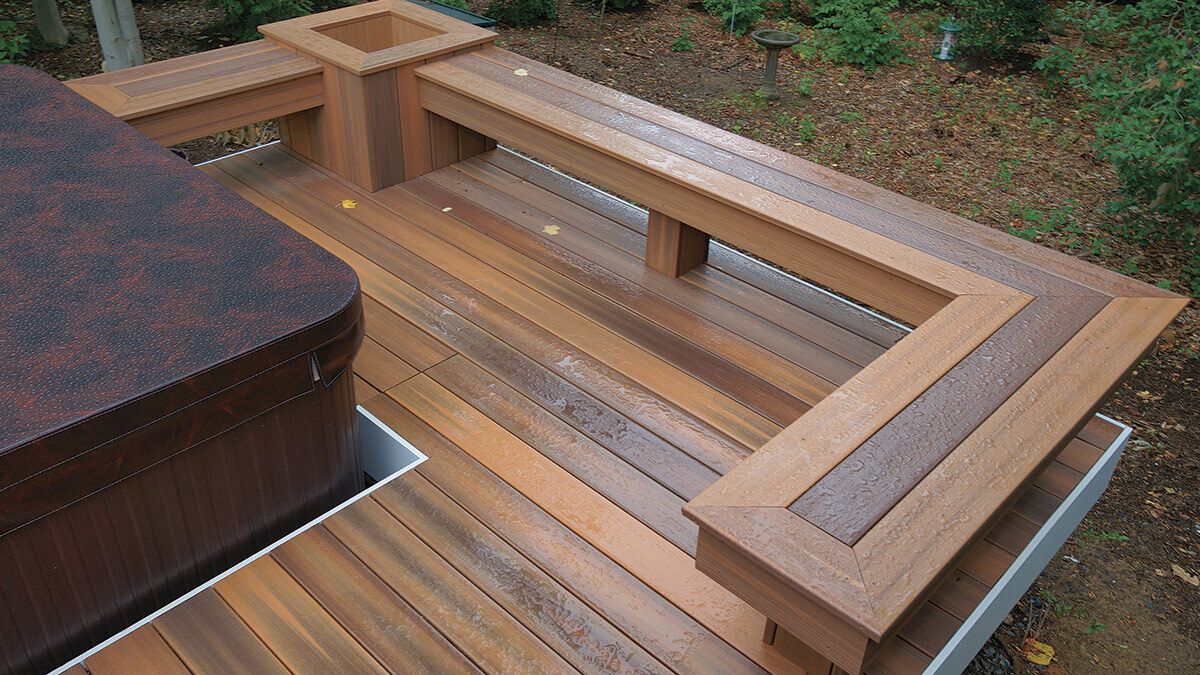
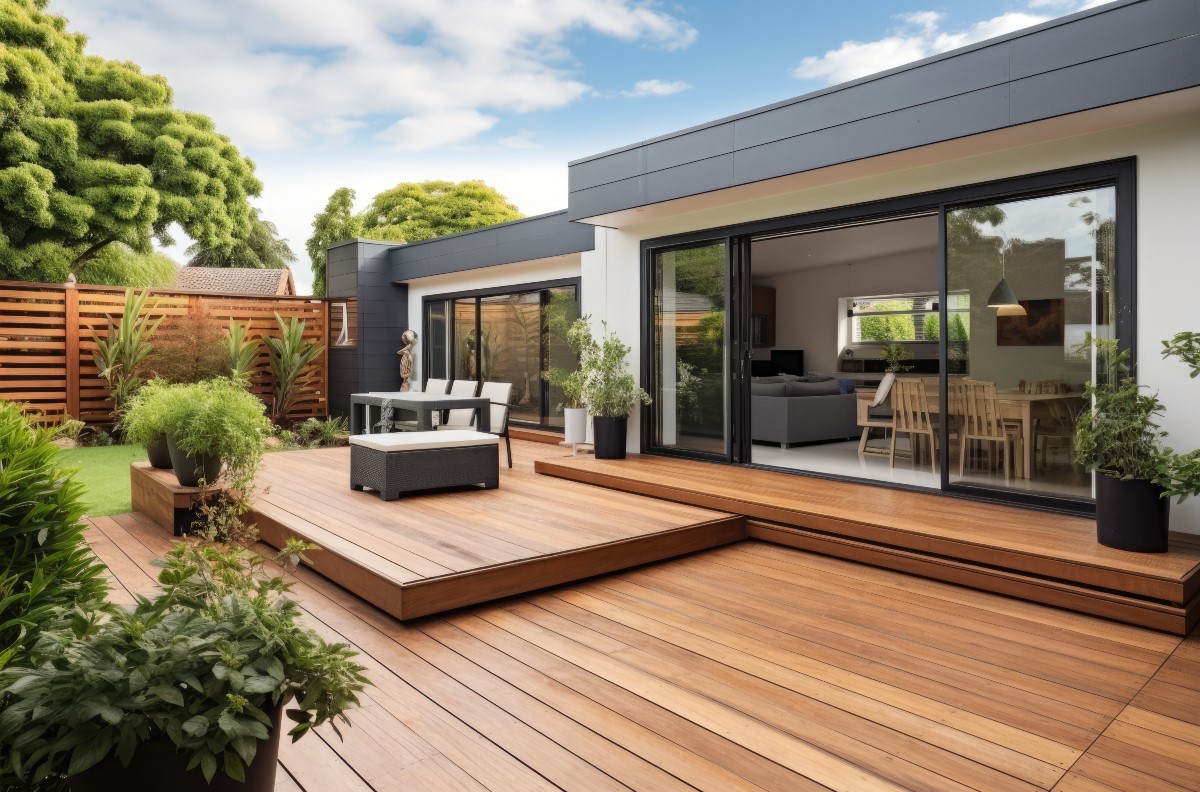

0 thoughts on “13 Deck And Patio Design Ideas For Outdoor Upgrades”